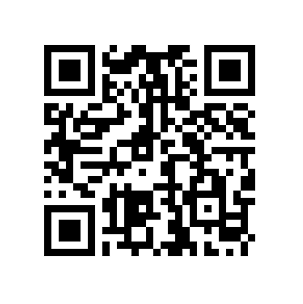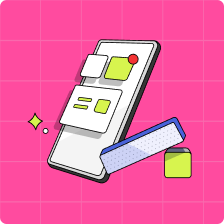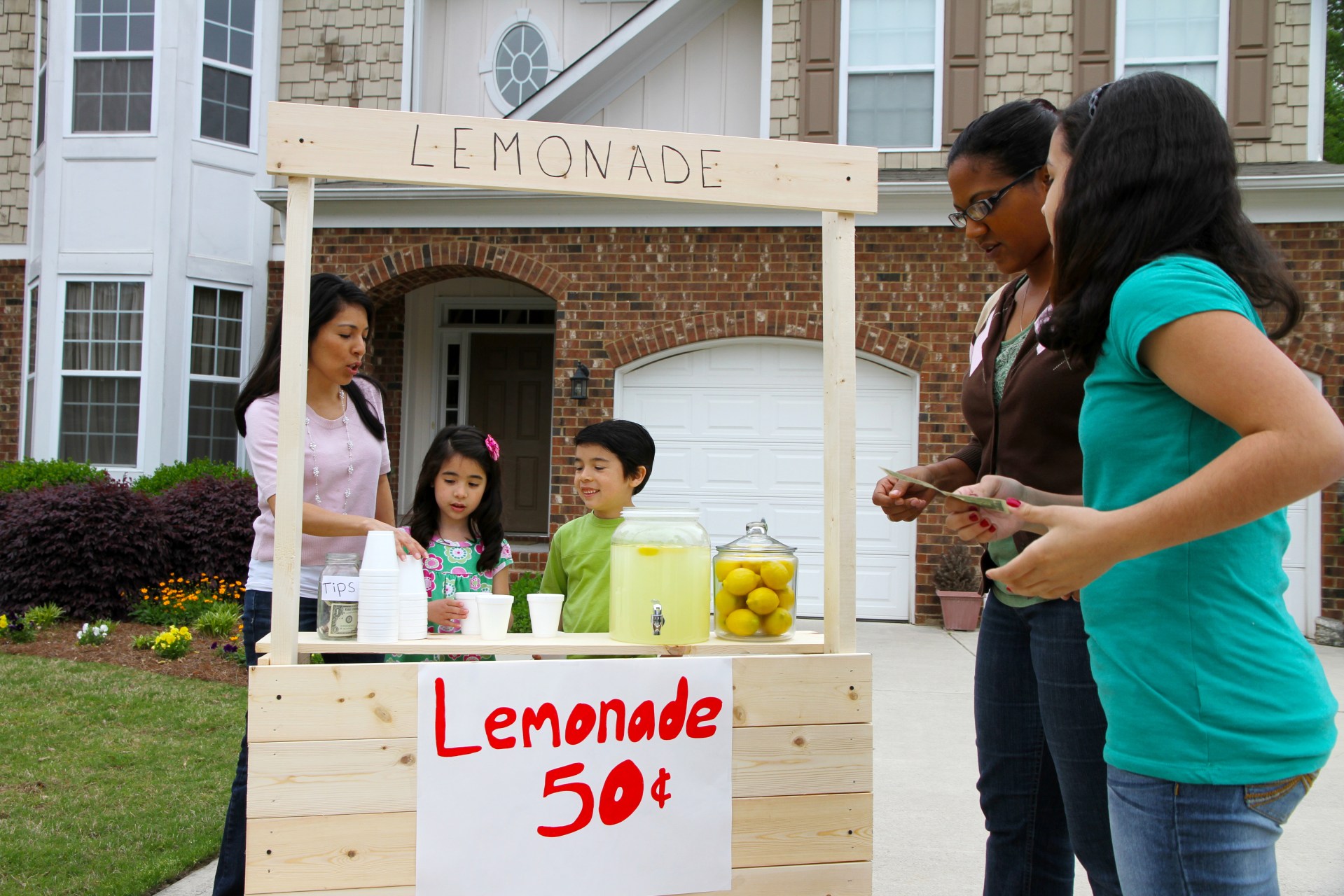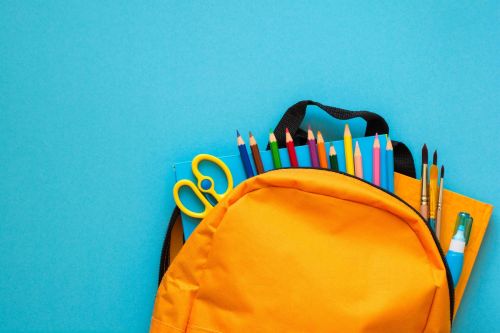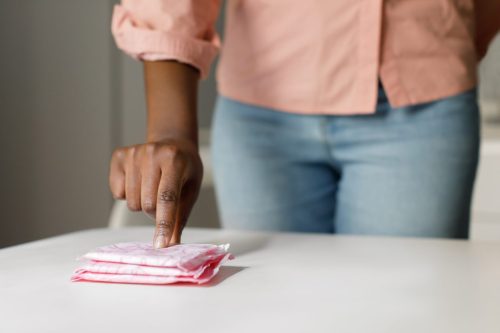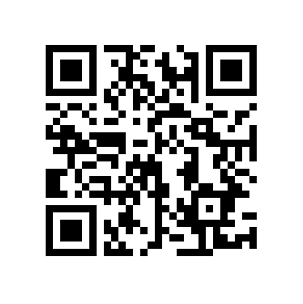Children around the age of three begin to grasp the concept of numbers and counting. And by the time they’re starting grade school, it’s a great opportunity for parents to introduce the concept of money. Here’s some fun and simple ways you can teach the ABC’s of money to your kids and start them on a path to becoming a financially independent adult.
How to introduce your child to money
Your child’s first introduction to money should be tangible. Now isn’t the time to introduce concepts like how to use a credit card. And you can’t get more tangible than playing with money – especially coins. Coins can be picked up and held in their hand, placed in pockets, or slid into a piggy bank. If you think about it, your first introduction to money was probably through coins too. Maybe your parents gave you coins for your allowance, or you had a grandparent who placed a Toonie in your hand whenever you visited.
Explain a coin’s value
Introduce each Canadian coin to your child and tell them it’s value. Preferably you want to give them an actual coin to hold (and keep). Kids are likely to assume the larger the coin, the more it’s worth. Explain that although a 5 cent nickel is larger than a 10 cent dime, it’s actually worth less. Encourage them to examine each coin, front and back. Ask questions: What do they notice about it? Is there an animal or a picture on it? Are there edges rough or smooth? Counting coins is a great way to not only learn practical money handling skills, but also an opportunity for parents to sneak in a little math.
4 fun games to play for kids using coins
At this stage of your child’s financial education, you want to let them play! And fortunately, there’s plenty of fun and easy games and activities that parents can engage their kids in to learn not only the value, but also how to use money. For these activities, you don’t need a stack of actual coins. If they’re available, great. If not, you should be able to buy plastic Canadian coins online or at the dollar store. Alternatively, get crafty and print your own Canadian coins.
1. Skip Counting
Skip counting, that is being about to count by 5s, 10s, or 25s, is one of the first steps in being able to count money. To help your child practice, you can use skip counting songs. Jack Hartmann has some songs available on YouTube that are designed to teach skip counting.
2. Money sorting
This is a fun and easy game to play that not only only teaches practical money handling skills, but also an opportunity for parents to sneak in a little math. You can play along with your kids. Every person gets a pile of coins. Make it a mix of nickels, dimes, quarters, and dollars. Then count them out, adding up their value, and see who has the most money. While kids are still learning, start small and ensure the mounts of coins are just enough to add up to a dollar, then increase the pile as their abilities grow.
3. Play shop
Once your child understands the value of each coin, it’s time to build on their knowledge and put it into practice. Set up a mini-store and put them in charge of the check out (bonus points if they’ve got a plastic cash register to play with, but a plastic jar works just as well!). If you have more than one child, they can take turns shopping or being the shopkeeper. Use items in the cupboard, like tin cans, and price them ahead of time. Keep the amounts low so your child practices adding dimes, nickels, quarters or even dollars, and then is able to make change.
4. Play online
Peter Pig’s Money Counter is a free online game that helps kids aged 5 to 8 practice identifying and counting Canadian money. They’ll even learn a few facts about our currency to boot! Money Master is another free online game where you can choose your currency rate and level of difficulty, from easy to advanced, then click and drag coins and dollars across the screen to equal the value shown.
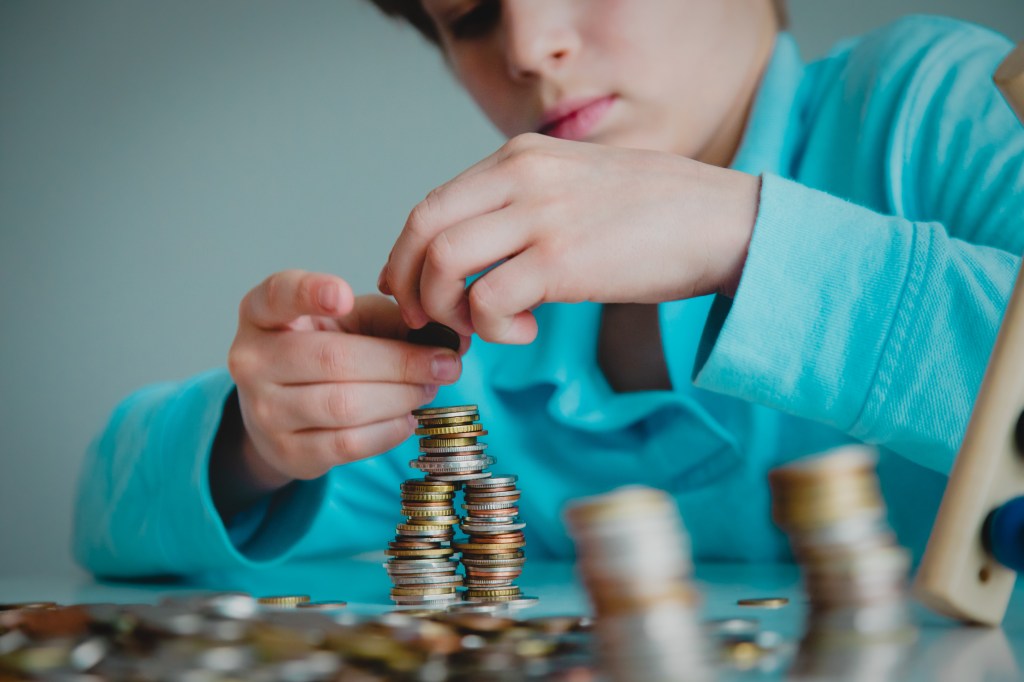
Explain to kids the concept of earning money
Many of us saw our own parents going out the door in the morning for work. And while the current pandemic means we’re more likely to move from the kitchen table to the home office for yet another Zoom meeting, kids should understand that the Bank of Mom and Dad doesn’t just happen. You work for money.
Parents can help kids understand the concept of earning money by giving them a weekly allowance. An allowance could also be tied to doing fun chores around the home. The bonus for kids is studies have shown that tackling tasks around the home helps build their competence and self-esteem. Mydoh can help make the process even more fun for kids aged six and up. The digital money management app lets parents set tasks and pay out an allowance each week. You know what they say? Give a man a fish, he’ll eat for a day. Teach a man to fish, he’ll eat for life.
Show kids that things cost money
We all know that before they can even walk, kids are little sponges, soaking up the world around them. Your child has already watched you going into the store, selecting an item off the shelf, then handing over a little plastic card, before leaving with it in hand. Now that they’re a bit older, help them make the connection between wanting a toy and paying for it. Explaining that things cost money doesn’t need to be complicated. Simply explain when they ask for a toy car or a pot of slime that it will cost $5. Rather than paying by plastic, let them practice spending their own money for the item. Let them physically hand over their money to the cashier and pocket the change.
Learning about financial literacy should be, well, child’s play. So, give your kids an opportunity to play with coins (while sneaking in a little learning) and some real world practice of earning money around the home.
Use Mydoh to teach kids about money in Canada
Mydoh is a money management app for kids that comes with a digital Smart Cash Card to give them some real-world experience with spending their own money. Parents can create weekly chores for their kids, and set up weekly allowances to their kids’ Mydoh Smart Cash Card. Find out how you can use Mydoh as a way to help your kids learn, earn, and save.
Download Mydoh today to learn more.
This article offers general information only and is not intended as legal, financial or other professional advice. A professional advisor should be consulted regarding your specific situation. While the information presented is believed to be factual and current, its accuracy is not guaranteed and it should not be regarded as a complete analysis of the subjects discussed. All expressions of opinion reflect the judgment of the author(s) as of the date of publication and are subject to change. No endorsement of any third parties or their advice, opinions, information, products or services is expressly given or implied by Royal Bank of Canada or its affiliates.

